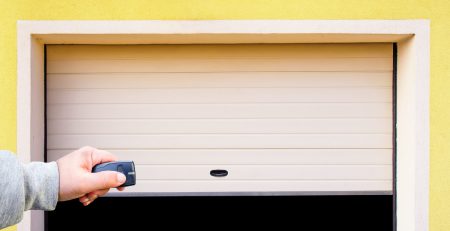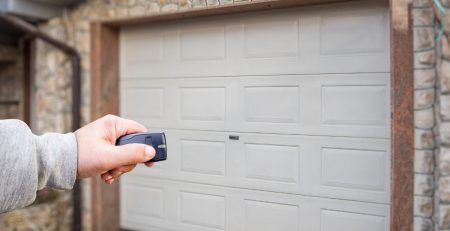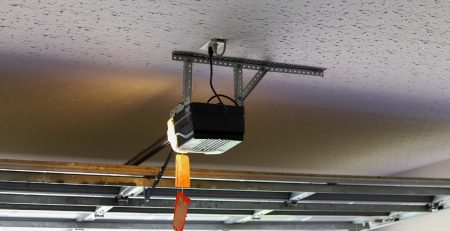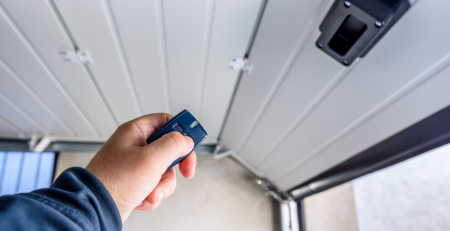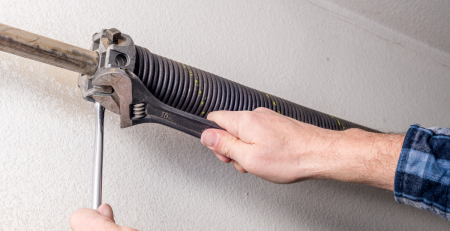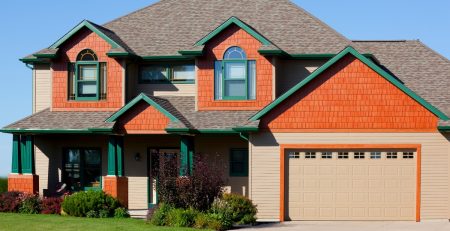Enhance Your Garage Protection with Effective Overhead Garage Door Weather Stripping
Is your garage door vulnerable to extreme weather conditions, pests, and intruders? It’s time to take action to protect your belongings and enhance the security of your home. By investing in high-quality overhead garage door weather stripping, you can effectively shield your garage from the elements and prevent potential break-ins. In this blog post, we will discuss the importance of weather stripping for your garage door, the different types available, and how to choose the right one for your needs.
Understanding Overhead Garage Door Weather Stripping
Some homeowners overlook the importance of overhead garage door weather stripping when it comes to protecting their garage and belongings from the elements. However, ensuring that your overhead garage door is properly sealed with the right weather stripping can make a significant difference in maintaining a comfortable and secure environment inside your garage.
Types of Garage Door Weather Stripping

When it comes to overhead garage doors, weather stripping serves as a seal between the garage door and the frame, preventing cold air, moisture, and debris from entering. There are different types of weather stripping available, including tension seal, v-strip, tubular rubber, bulb seal, and tpe (thermoplastic elastomer). Recognizing the right type of weather stripping for your garage door is crucial to ensuring effective protection.
| Type | Description |
|---|---|
| Tension Seal | Designed to fill gaps along the sides and top of the door; very effective at preventing drafts. |
| V-Strip | Consists of two hard strips of vinyl that are held in place on metal brads. Effective in blocking drafts and moisture. |
| Tubular Rubber | Made of a tube or sponge rubber. Commonly used for the bottom of the door to block drafts and debris. |
| Bulb Seal | Compresses to form a seal when the door closes, effective in blocking drafts and moisture. |
| TPE (Thermoplastic Elastomer) | Highly durable and flexible material that provides excellent insulation against cold and heat. |
Material Selection for Weather Stripping
When it comes to selecting the right material for your overhead garage door weather stripping, durability, flexibility, and insulation properties are crucial factors to consider. You want to ensure that the material can withstand extreme weather conditions, is flexible enough to conform to the door frame, and provides effective insulation to maintain a comfortable temperature inside your garage. Your choice of weather stripping material will directly impact the overall protection and energy efficiency of your garage space.
Placement and Installation Process for Weather Stripping
When enhancing your garage protection with weather stripping, it’s crucial to ensure it is installed in the right places. Start by inspecting the current condition of your garage door and identifying any gaps or areas where weather elements can seep through. Next, measure the dimensions of the door to purchase weather stripping that will adequately cover these areas. Ensure you follow the manufacturer’s guidelines for proper installation to maximize its effectiveness in protecting your garage from external elements.
Tips for Making Weather Stripping More Effective
Ensuring the optimal performance of your weather stripping is essential for maximizing its protective benefits. Here are some practical tips to enhance the effectiveness of your overhead garage door weather stripping:
- Regular Inspection: Inspect your weather stripping for wear, tears, or gaps. Replace any damaged sections promptly to maintain a secure seal.
- Cleaning and Maintenance: Keep the weather stripping clean from dust, debris, and moisture. Regularly wipe it down with a mild detergent to prevent the accumulation of dirt that could compromise its sealing capabilities.
- Proper Installation: Ensure that the weather stripping is correctly installed, covering all gaps and edges of the garage door. Pay special attention to corners and seams to create a seamless barrier against the elements.
- Selecting the Right Type: Choose weather stripping materials suitable for your climate. Different regions may require specific materials to withstand varying weather conditions effectively.
- Sealing Bottom Gaps: Focus on the bottom of the garage door, as this is a common entry point for pests and drafts. Consider installing a threshold seal to provide additional protection against these potential intrusions.
Maintenance and Replacement of Overhead Garage Door Weather Stripping
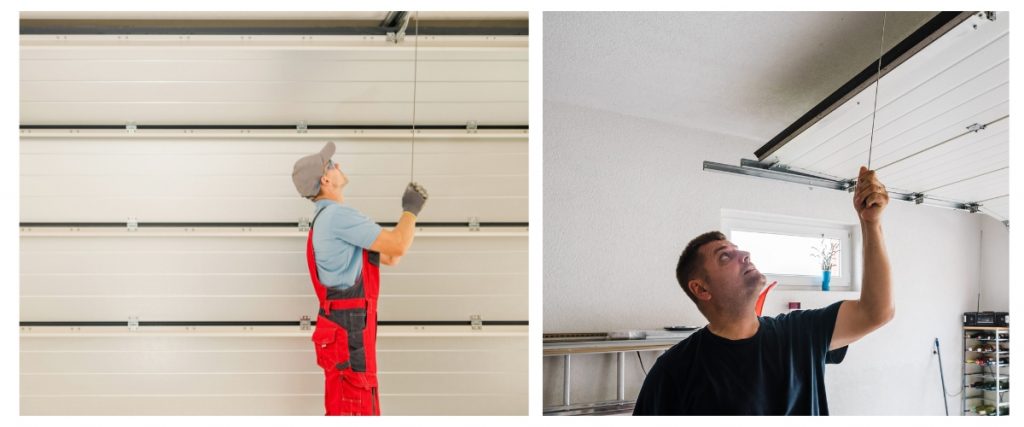
Your overhead garage door weather stripping plays a crucial role in protecting your garage from the elements. Regular maintenance and timely replacement of the weather stripping can ensure that your garage remains safe and secure. Here’s what you need to know about maintaining and replacing your garage door weather stripping.
Recognizing When Replacement is Necessary
Over time, the weather stripping on your garage door may become worn, cracked, or damaged. This can compromise its ability to effectively seal out the elements, leading to potential water damage, drafts, and energy loss. It’s important to regularly inspect your weather stripping for any signs of wear and tear, such as cracks, brittleness, or peeling. If you notice any of these signs, it’s time to replace the weather stripping to ensure continued protection for your garage.
Invest in High Quality Overhead Garage Door Weather Stripping
Upon reflecting on the benefits of effective overhead garage door weather stripping, it is clear that taking steps to improve the seal of your garage door can have a significant impact on the security and energy efficiency of your home. By investing in high-quality weather stripping, you can effectively keep out pests, dust, and inclement weather, while also reducing energy costs and maintaining a comfortable temperature inside your garage.


